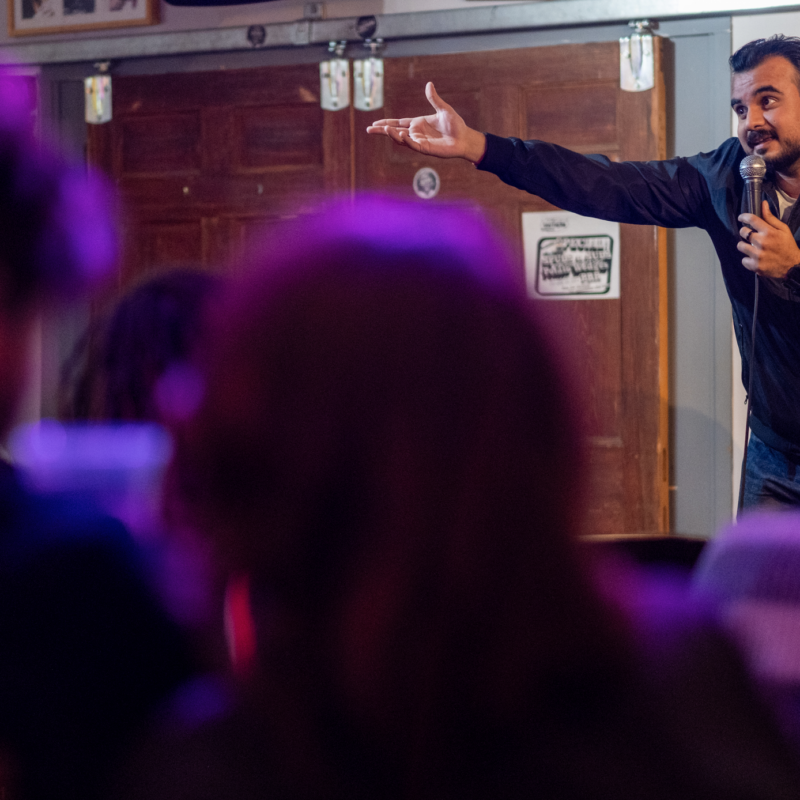It may seem strange to sing the praises of the half-bottle when tables for two will fill every restaurant this Monday. But, while some find Valentine’s Day the perfect occasion to share a bottle of wine with your dining partner, it just won’t be enough for some of us.
At 750 ml, the standard bottle holds about four (five, if you’re stingy) glasses. For most, half of that is enough to feel positively merry, but for us variety-seeking, veteran drinkers, the half-bottle holds the answer. With enough wine for two generous glasses, the 375 ml bottle is more economical and fresher than buying by the glass (you can never be certain how long a restaurant wine has been opened).
Half-bottles of sparkling wine get a special occasion started off right with a touch of tickle to prime the palate. Many restaurants serve an amuse-bouche (a one-bite warm-up for the tummy) and bubbly is its best complement. After this gastronomic stretching, you’re ready to share a half-bottle of white with your appetizers, and a half-bottle of red with your entrées.
Alone on Valentine’s Day? Quit your crying! Order a half-bottle and it’s all yours—you can drain the bottle leaving no half-drunk reminder that the chair across from you is empty. And, for those with teetotaling partners, half-bottles allow for more flexibility in the way in which you intoxicate—er, celebrate.
Half-bottles also give us a chance to experience wines we couldn’t afford by the bottle. Committing to a full bottle of Bordeaux can be scary, so buying a half-bottle is only half as scary. The Boars Head Inn, The Clifton Inn, Duner’s, Hamilton’s and Keswick Hall all carry a good range of half-bottles. Wine shops stock them too, but they age exponentially faster than their bigger brethen, so don’t buy halves for aging.
To some, the half-bottle may seem too noncommittal, too half-hearted, but as Keswick Hall sommelier Richard Hewitt puts it: “The half-bottle is like foreplay to the real thing.” And, we could all use a little more of that—no matter the day.
Jim Law’s rules of taste
“If I spit, I’m working. If I don’t spit, I’m having fun.” Vintner Jim Law holds fast to this distinction, as he explained to a couple dozen rapt diners last week at a gathering of The Wine Club of Charlottesville. Assembled at Tastings to sample eight of Law’s beauties from his Linden Vineyards, wine lovers were treated to a detailed explanation of how Law cultivates his grapes and the exacting tasting trials that go into his final blends. It takes more than good soil and happy berries to make fine wine—though you won’t get very far without those two building blocks. Still, Law, who we don’t mind telling you makes Virginia’s most elegant wines, works constantly to refine his palate. He keeps an extensive library, favoring French wines, and tastes constantly. Blind tastings, triangulation trials (two wines poured into three glasses and tasted blind), laboratory-like controlled conditions—it’s all part of his repertoire.
| Linden Vineyards’ Jim Law is constantly working to refine his palate, a diligence that pays off in his notable wines. |
And the payoff is there in Law’s wines. Last week, the Wine Club was lucky enough to sample his ’08 Hardscrabble Chardonnay, his Petit Manseng dessert wine, two of his Clarets (’07 and ’08), his ’06 Petit Verdot and three of his signature Hardscrabble Reds (’01, ’05 and ’07). All were pronounced outstanding, and some even better than that! Personally, we put 40 Working Pour bucks on the ’05 Hardscrabble Red.
Winespeak 101
Fortified wine (n.): A wine ranging from dry to sweet that’s had distilled alcohol added to it during fermentation until its alcohol content reached 17-20 percent. Port, Sherry, Marsala, Madeira, and Vermouth are the most common examples.
What pairs with chocolate body paint?
While many still insist on chocolate with red wine, the tannins in both fight more bitterly than an old married couple. Better to keep things sweet by pairing a dessert wine or fortified wine with your chocolate.
Fracchia Voulet 2010 (semi-sweet, semi-sparkling, fruity, fragrant red made from Malvasia Nera grapes in Piemonte, Italy), Rio Hill Wine & Gourmet, $14.99; La Tour Vieille Banyuls 2008 (a fortified, ruby port-style wine made from Grenache grapes on France’s Spanish border), Rebecca’s Natural Food, 500ml $24.99; Quinta do Infatado Tawny Porto (a traditional nutty, caramelly tawny port from Portugal), Tastings of Charlottesville, $15.95.





